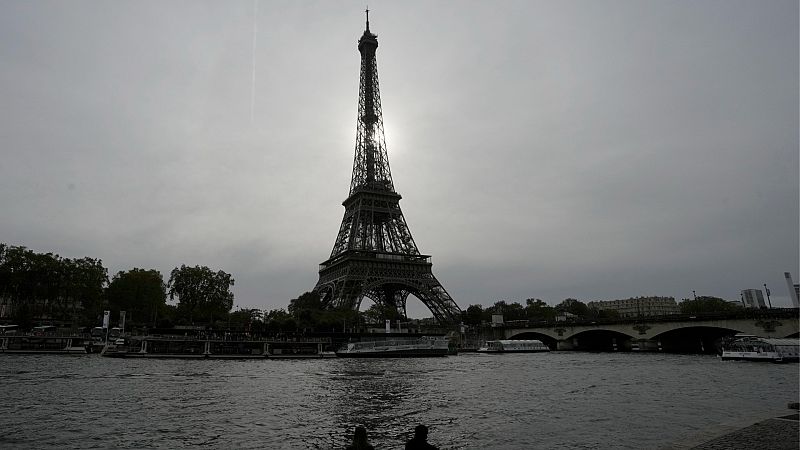
French consumer confidence decreased to 92 in March, down from 93 in the previous month, according to INSEE. This number was below analyst expectations of 94, while also remaining below the index’s long-term average of 100.
Consumers were increasingly pessimistic about their financial outlook, which fell to a total of -11 in March, versus -4 in February. Expectations for future standards of living also dropped to -50 in March from -47 in the previous month.
More households expected prices to rise in the next year, increasing to -41 in March from -43 in February, and fewer people believed that it was a good time to save. This figure dropped to 40 this month, down from 42 in the previous month.
However, consumer opinions about their ability to save in the future stayed the same at 15 in March. Anxieties over potential unemployment also fell to 46 this month, down from 54 in February.
Households were also marginally more inclined towards making large purchases, increasing to -26 in March, up from -28 in February.
“With US trade policy incredibly uncertain, European growth still dampened, and a National Assembly in deadlock, it is unsurprising that the French consumer is still struggling to find reasons for optimism, even as big investment is planned across the continent,” said Kyle Chapman, FX markets analyst at Ballinger Group.
After months of wrangling and the fall of Prime Minister Michel Barnier, the French budget for 2025 has now been passed. The government is nonetheless in a fragile state, with Socialists and the far-right RN opposed to many policies supported by Prime Minister François Bayou. The latter is well short of holding a majority in the National Assembly.
French output likely to slow in 2025
March’s consumer confidence data could be reflecting an overall economic pessimism, with the French economy expected to lag in 2025, according to BNP Paribas.
The bank said at the end of February: “Our forecast for 2025 is +0.7% as an annual average. Growth is therefore expected to be lower than in 2023 and 2024, at 1.1% in both years, primarily due to a lower growth carry-over (0.4% at the end of Q1 2025, compared to 0.7% a year earlier).”
This is mainly because of the impact of the 2025 budget, through negative carry-over effects such as late implementation and uncertainty. Lower spending and higher taxation are also expected to impact economic growth, affecting areas such as public spending and consumption, as well as investment.
The Banque de France, however, had a slightly more optimistic outlook for the French economy, noting in its March interim projection that it was unlikely to slip into recession this year.
“GDP is expected to grow at a still moderate rate in the first half of 2025, before gathering pace in the second half of the year. Over 2025 as a whole, activity is expected to slow down but growth should remain positive, at an annual average rate of 0.7% (after 1.1% in 2024), before rising in 2026 and 2027 to 1.2% and 1.3%, respectively, close to the medium-term potential rate. Our forecast therefore confirms that the French economy is unlikely to fall into recession,” said Banque de France on its website.
The Governor of the Bank of France, François Villeroy de Galhau, noted on Wednesday that US trade tensions and tariff threats could be costly for Europe, potentially reducing eurozone GDP by around 0.3% on a full-year basis. Galhau nonetheless added that French exports are less exposed to the US than those sold by the European Union as a whole.







